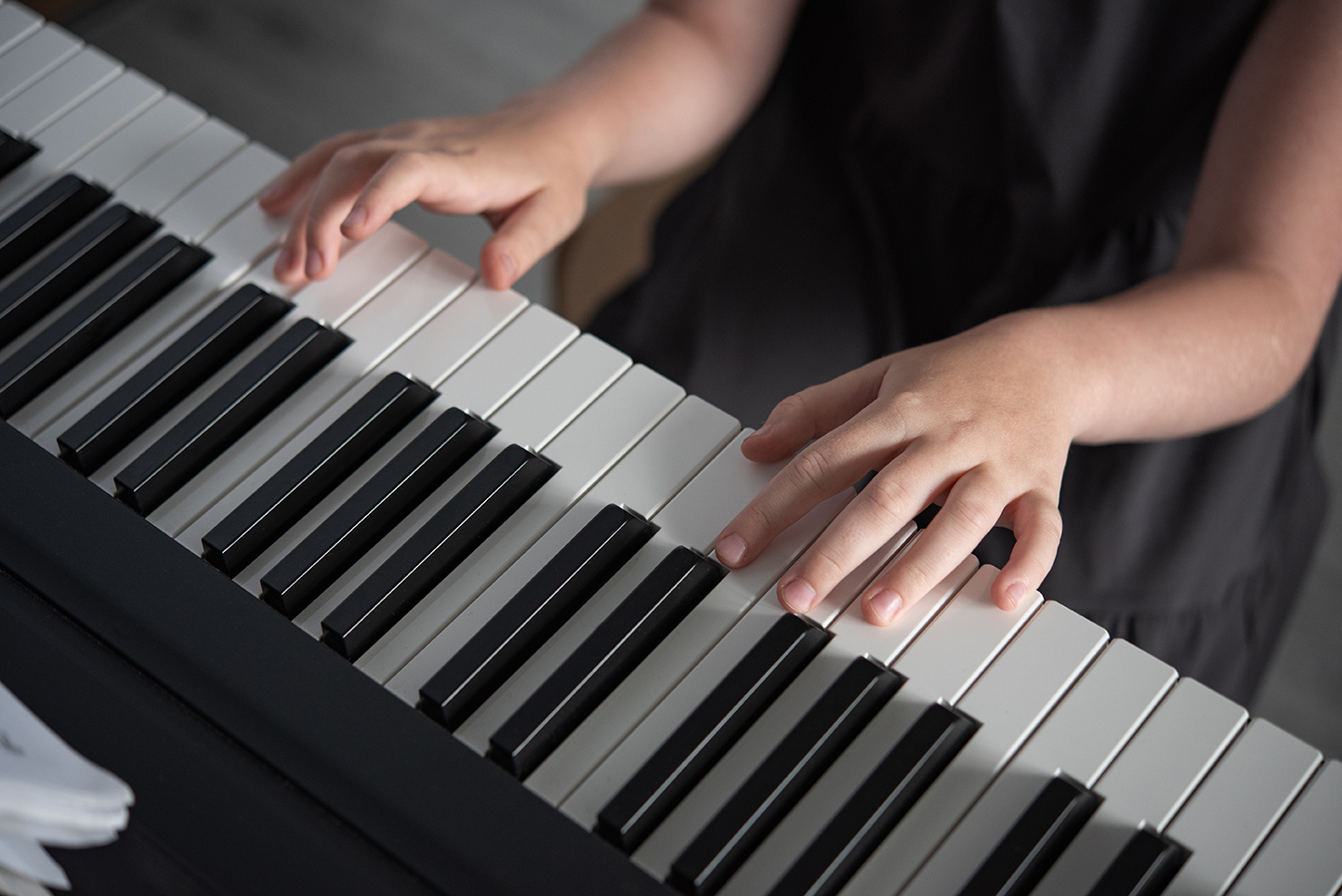What does practice actually do to make us better?
Latest Posts • March 13, 2017
“How to practice effectively… for just about anything” is the title of this TED Ed lesson from Annie Bosler and Don Greene and I highly recommend watching it.
strong>Their advice applies to everything from music to sports and isn’t necessarily new (I’ve covered different aspects of it here, here and here.) But understanding “how practice affects the inner workings of our brain” will help you realize that your practice will indeed bring you closer to achieving your goals.
“Mastering any physical skill takes practice. Practice is the repetition of an action with the goal of improvement, and it helps us perform with more ease, speed, and confidence. But what does practice actually do to make us better at things?”
In a nutshell: For every human movement, information needs to travel from the brain to the muscles. This happens through a chain of nerve fibers called axons.
The axons in our brain are wrapped with a substance called myelin. Myelin acts like insulation on electrical cables and makes the signal stronger and faster. In the brain, myelin prevents energy loss from the signals that the brain uses and increases signal strength, speed, and accuracy.
So when we practice our instrument and repeatedly exercise certain movements, we’re actually exercising our brain circuits, which, in turn, make our muscles react quicker and more accurate.
The circuit is the movement! Every human skill is located in the brain and myelin creates “a sort of super highway” for this information to travel from our brain to our muscles.
“So while many athletes and performers attribute their successes to muscle memory, muscles themselves don’t really have memory. Rather, it may be the myelination of neural pathways that gives these athletes and performers their edge with faster and more efficient neural pathways.”
Here is some of Annie Bosler and Don Greene’s specific advice for effective practice:
-
“Focus on the task at hand.” Turn off your computer, TV and cell phone. (In one study researchers observed 260 students studying. On average, those students were able to stay on task for only six minutes at a time. Laptops, smartphones and particularly facebook were the root of most distractions.)
-
“Start out slowly, or in slow motion. Coordination is built with repetitions, whether correct or incorrect.” Don’t practice sluggish movements. Get it right at a slow pace first and then gradually increase your speed while still playing correctly.
-
“Frequent repetition with allotted breaks are common practice habits of elite performers.” Split your practice into smaller, highly focused chunks and repeat throughout the day.
-
“Practice in your brain, in vivid detail… Once a physical motion has been established, it can be reinforced just by imagining it.” Visualize playing your instrument (without actually playing it.) Create a vivid inner picture!
And here is our advice:
Make it fun! Don’t overthink this, most of the time you should just play in a way that’s really, really fun for you!




Leave A Comment